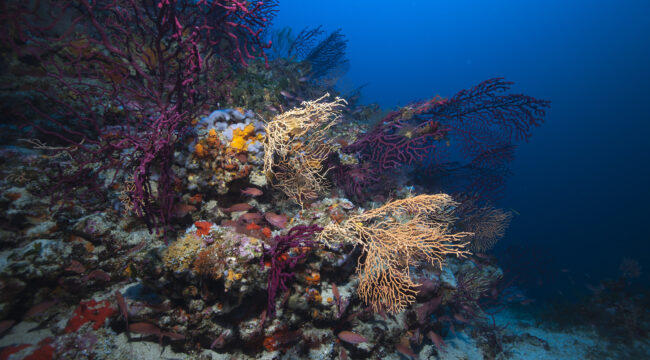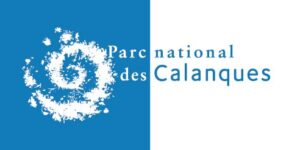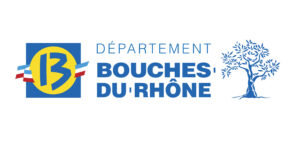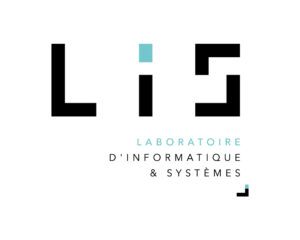Context
This multi-year project (2022 to 2024) focuses on the influence of the three-dimensional structure of coralligenous reefs on fish and invertebrate species in the context of anthropogenic activities and global climate change. We want to understand the links between 3D structure and marine communities with the aim of long-term conservation of marine ecosystems.
This research project aims to study the links between the three-dimensional structure of the coralligenous and the species of fish and invertebrates in the context of anthropogenic activities and global climate change. This project therefore meets 5 main objectives: (1) make a state of the art of research undertaken to describe and quantify the 3D structure of the coralligenous (2) adapt or develop one or more metrics to describe the coralligenous 3D structure, then it is a question of (3) understanding the effect of the natural spatial variability of the 3D structure on the invertebrates (4) understanding the effect of the natural spatial variability of the 3D structure on the populations of crypto- and necto teleosts – benthic (5) study the effect of the transformation over time (modification of the 3D) of the coralligenous habitat in the face of anthropogenic forcing on the species that compose it (structuring and vagile subservient to this habitat). This project therefore makes it possible to study the effect of cross-factors on the benthic and necto-benthic communities of the coralligenous while taking into account the intrinsic spatial variability of the underwater communities. For this, the study area considered makes it possible to set up a study design at various spatial scales.
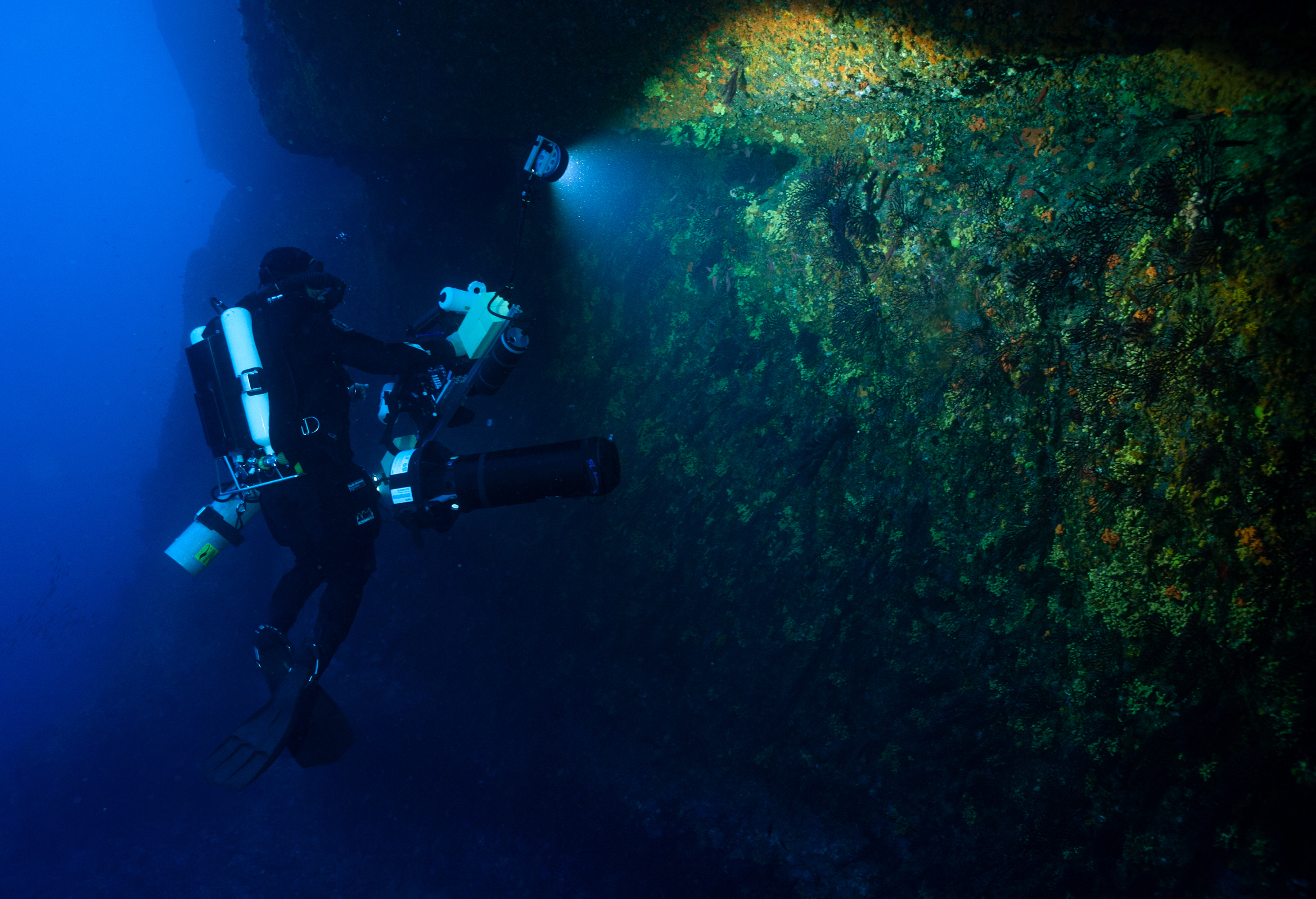
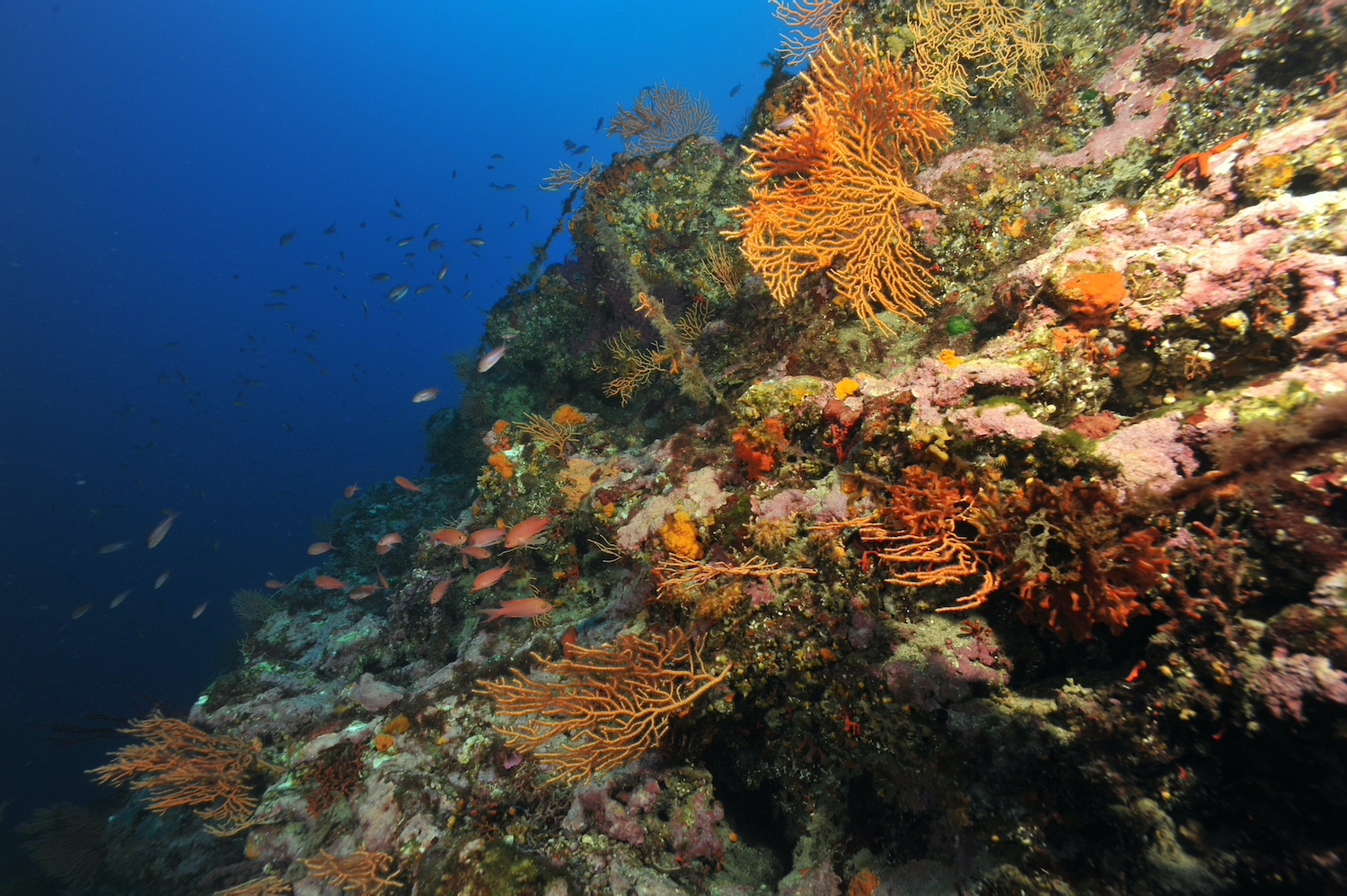
Bibliography :
Ballesteros, E., 2006. Mediterranean coralligenous assemblages: A synthesis of present knowledge (PhD Thesis). thesis of present knowledge. Oceanography and Marine Biology, 44, 123–195.
Bianchi, C., 2001. Bioconstruction in marine ecosystems and Italian marine biology. Biol Mar Medit 8, 112–130.
Coma, R., Ribes, M., Zabala, M., & Giti, J.-M., 1995. Reproduction and cycle of gonadal development in the Mediterranean gorgonian Paramuricea clavata. Marine Ecology Progress Series, 117, 173‑183.
Garrabou, J., & Harmelin, J. G., 2002. A 20-year study on life-history traits of a harvested long-lived temperate coral in the NW Mediterranean : Insights into conservation and management needs. Journal of Animal Ecology, 71(6), 966‑978.
Martin, C.S., Giannoulaki, M., De Leo, F., Scardi, M., Salomidi, M., Knittweis, L., Pace, M.L., Garofalo, G., Gristina, M., Ballesteros, E., others, 2014. Coralligenous and maërl habitats: predictive modelling to identify their spatial distributions across the Mediterranean Sea. Sci. Rep. 4, 5073.
Piazzi, L., Gennaro, P., Balata, D., 2012. Threats to macroalgal coralligenous assemblages in the Mediterranean Sea. Mar. Pollut. Bull. 64, 2623–2629.
Richaume, J., Cheminée, A., Drap, P., Bonhomme, P., Cadene, F., Ferrari, B., Hartmann, V., Michez, N., Bianchimani, O., 2021. 3D Photogrammetry Modeling Highlights Efficient Reserve Effect Apparition After 5 Years and Stillness After 40 for Red Coral (Corallium rubrum) Conservation in French MPAs. Front. Mar. Sci. 8, 1174. https://doi.org/10.3389/fmars.2021.639334
